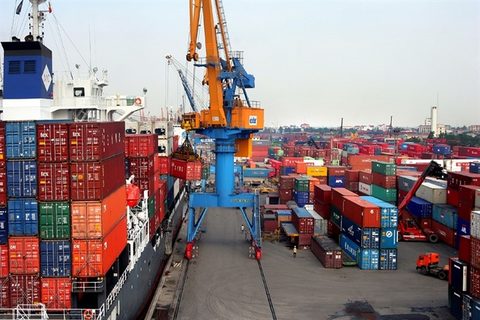EU provides $128 million for sustainable energy development programme
EU provides $128 million for sustainable energy development programme
The European Union will provide a non-refundable aid of VND2,918 billion ($128 million) to support energy development and sustainable energy access for rural, mountainous, and island areas in Vietnam.
The programme will be carried out in 2018-2020 and make power grid and renewable energy investments to supply power to households in rural, remote, borderland, and island areas not connected to the grid under the national programme approved on August 26, 2016 through Resolution No.73/NQ-CP.
On December 1, 2017, at the headquarters of the EU in Brussels, Kingdom of Belgium, Tran Tuan Anh, Vietnamese Minister of Industry and Trade and Stefano Manservisi, director general of International Development and Co-operation on the behalf of the EU signed the financial agreement on the programme. Accordingly, the EU will provide non-refundable Official Development Aid supporting energy development and the improvement of sustainable energy access for rural, mountainous, and island areas.
According to the financial agreement, the EU will provide a non-refundable aid of EUR108 million ($128.2 million), including EUR7.5 million ($9 million) for technical support, and EUR0.5 million ($0.6 million) for the supervision and appraisal of the programme.
The programme consists of 23 subprojects connecting rural and mountainous areas in 23 provinces with the national power grid, two subprojects supplying renewable energy for rural areas in Cao Bang and Bach Long Vi Island, and two subprojects laying underground cables to connect Tran Island (Quang Ninh) and Nhon Chau Island (Binh Dinh) with the national power grid.
The programme is expected to supply power for 750 villages and a total of 60,000 households. All the subprojects will contribute to socioeconomic development and sustainably reduce poverty in the most remote areas of the country.
The programme aims to improve the performance of the electricity sector and attract new investors for renewable energy development. Additionally, it would reduce the burden on the state to invest and subsidise the field, and guarantee constant power supply.




















